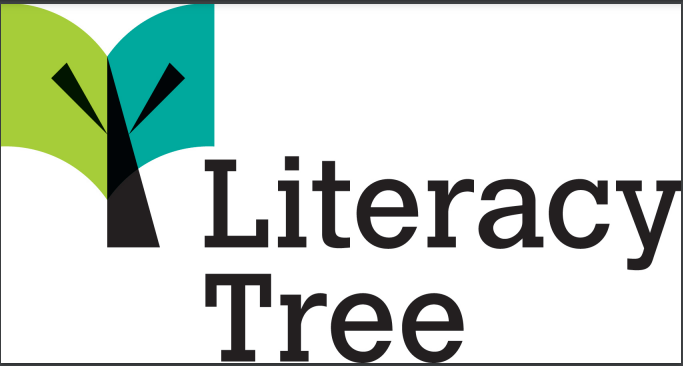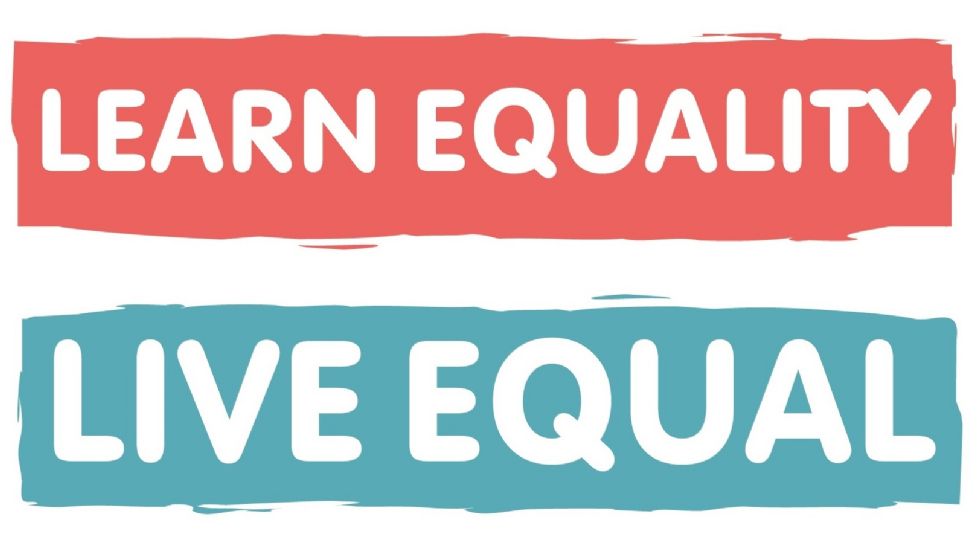Writing
|
|
||||||
|
Design/Intent (or what we’re moving towards and why) |
||||||
|
At Thameside, we use the Literary Curriculum to support teaching and learning The ‘Writing Roots’ encourage children to write with clear audience and purpose and the teach through a text pedagogy is the backbone of each teaching sequence. ‘Spelling Seeds’ provide a sequence for teaching spelling and vocabulary in context, through investigation and at the point of application. Spelling Seeds compliment the Writing Roots and use the same text to provide further short writing opportunities.
|


